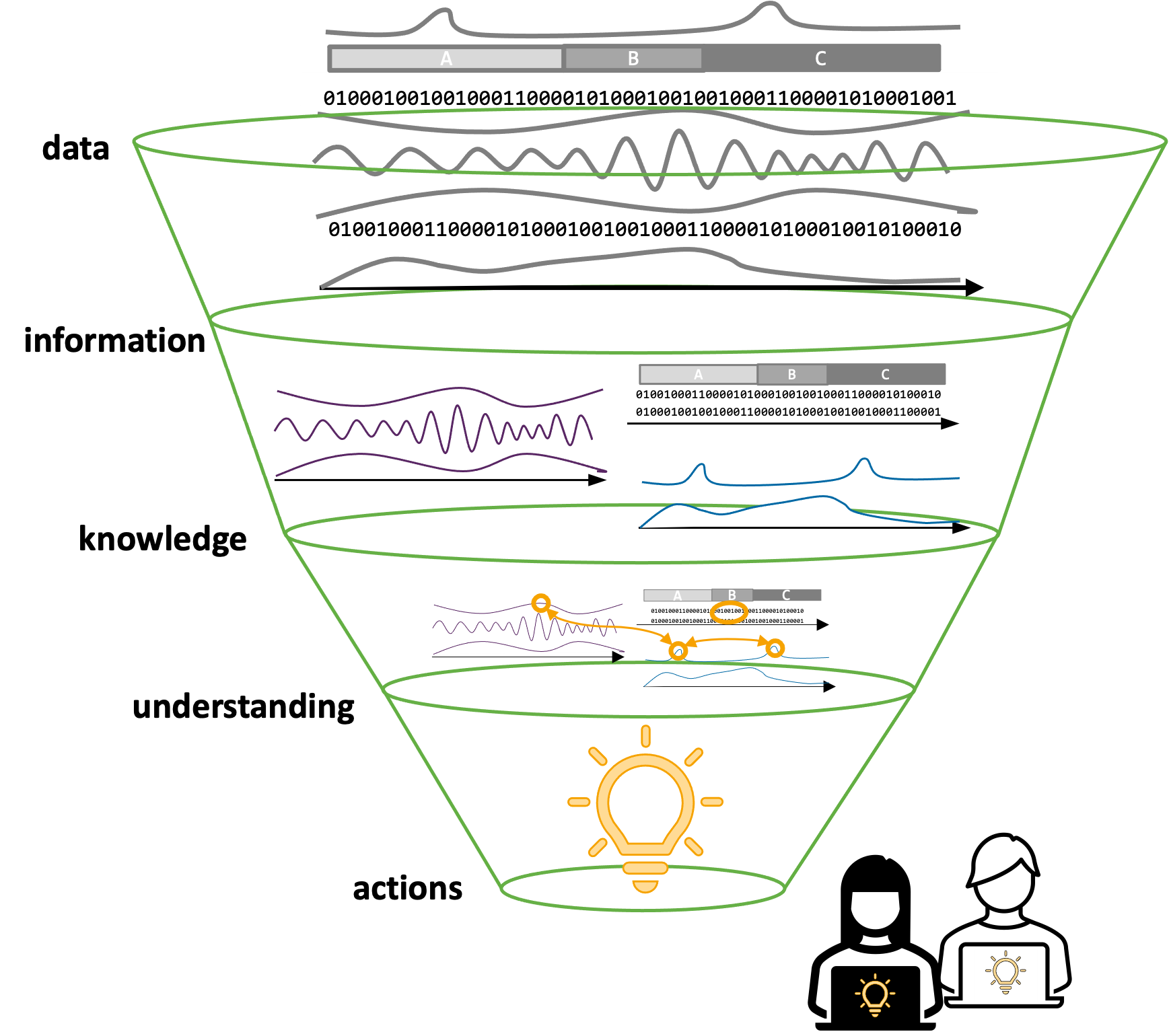-
StatusOngoing
-
Status date2024-01-15
-
Activity Code6B.109
The last 10 years have seen a massive increase of data generated by satellites. This is in line with the general trend in technology - more data is generated, due to the increased availability of low-cost sensors of all sorts. Consequentially, satellite operators must manage and process these large data volumes, which is still to a large degree a manual, effort, and time intensive process. On the other hand, satellite operators are under cost pressure, which has led to a reduction of the workforce available to operate a satellite and analyse the data. The problem has been mitigated by introducing more automation to the process, but this still has not helped with the analysis and interpretation of the data to extract the information required for efficient satellite operations.

Our vision is that suitable AI tools can bring exactly this benefit: automatically extracting relevant information from the data.
A new Solenix product, Narvina, consisting of a set of AI-based applications, will be developed to provide new, advanced functionality to support spacecraft operations. Initial AI applications identified are:
-
Anomaly, Novelty, and Outlier Detection,
-
Data Correlation,
-
Telemetry Pattern Matching,
-
Telemetry Parameter Forecasting, and
-
Trend analysis, Drift Detection.
There are two main types of challenges:
-
Technical challenges – such as the readiness of the ML solutions, the need of considering different sources of data and data formats, and the need of having a product that can be used out of the box in different space operations contexts.
-
Non-technical challenges – such as the readiness of users to adopt more automatic solutions, the need of identifying and solving the right problem, the need of explaining the results from an AI solution (to reach users' thrust).
The main goal is to increase mission efficiency thanks to a set of AI services tailored to spacecraft operations.
We expect our solution to bring several advantages:
-
To gain a deeper understanding of the status of the satellite
-
To reduce the workload in tasks like anomaly detection, anomaly investigation, and mission planning
-
To increase operations capabilities (more satellites can be operated with the same manpower)
-
To enhance the reaction time to unexpected events
-
To mitigate the problems related to the introduction of new operators
Machine learning is at the core of Narvina. The goal is to improve exploitation of satellites by providing fast access and better information from large amounts of different types of data as mentioned above. For this, the most recent AI algorithms (considering results in areas of Machine Learning, like Deep Learning) will be exploited. A set of applications have been identified that will benefit from the algorithms.
As a cloud-hosted Software as a Service (SaaS) product, Narvina can be provided cost-efficiently, and new customers can be on-boarded quickly. If wished by the customer, for example, because of security constraints, Narvina can be also deployed on customer premises or private clouds.
From the design and development viewpoint, the availability of different frameworks, libraries and APIs allows faster development of Machine Learning applications. It is possible to choose from a variety of Machine Learning solutions to build powerful software to facilitate business needs. TensorFlow, PyTorch, and Scikit-learn are some of the most popular Machine Learning frameworks.
The foundation of the baseline architecture will build on the microservice pattern. Every function capability is separated into its own component, which is loosely coupled with the other components. This state-of-the-art architecture concept decreases the development complexity and is especially well suited for cloud deployments. Components can be developed independently to each other. A fact that is beneficial for the developing of the AI apps.
The product will be designed considering modern technology stacks for both the frontend (client side) and the backend (server side). A modern frontend allows an intuitive user experience, smooth user interface, and straightforward internal structures. There are several frontend frameworks eligible to support the development of the frontend client, which enforce the adoption of these best practices and patterns while developing progressive web applications.
The backend technology stack includes elements like programming languages, frameworks, web servers, and databases. The programming language Python will be mainly used as it provides many modern and powerful features. Python has also become very popular because of its heavy usage for Machine Learning and data science.
The project plan comprises two phases: the definition and the technology phase. The project started on 01/10/2022 with the definition phase. A mid-term review was organized at the end of January 2023 whereas the Phase Completion Review was held on 06/04/2023.
After a successful review, the Technology phase started for a duration of one year. A Preliminary Design Review was held in July 2023 whereas the Critical Design Review is planned by the end of September 2023.
The end of the Technology phase is foreseen in March 2023.
Project is in its technology phase.
The main activities currently running are:
-
Design consolidation
-
Product development
-
Verification and Validation



